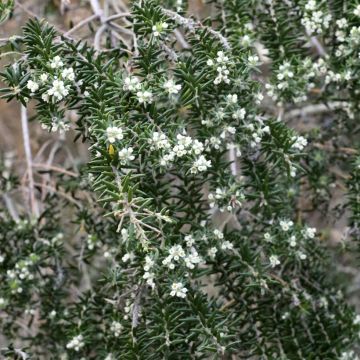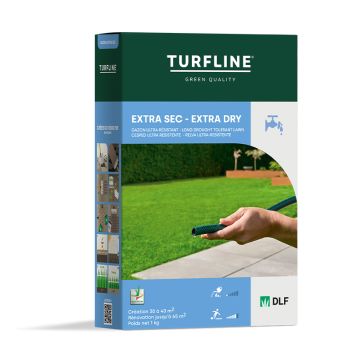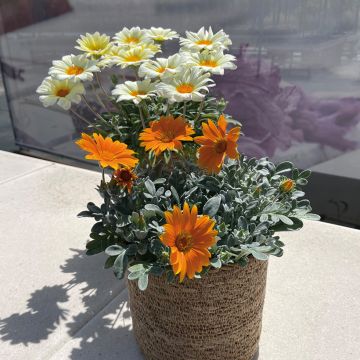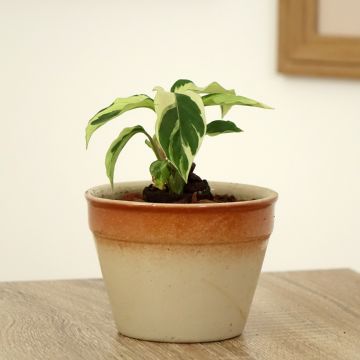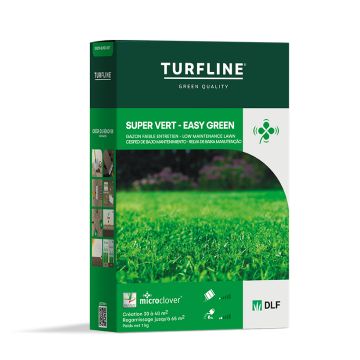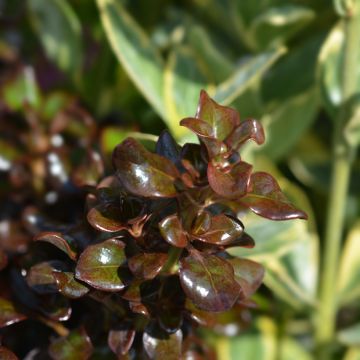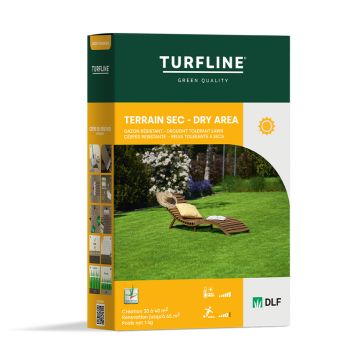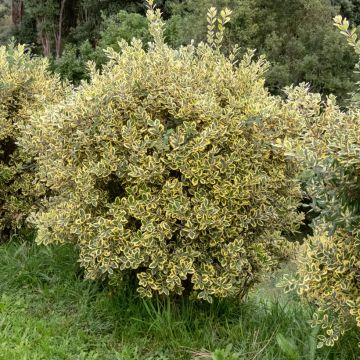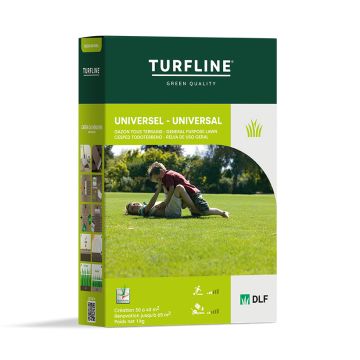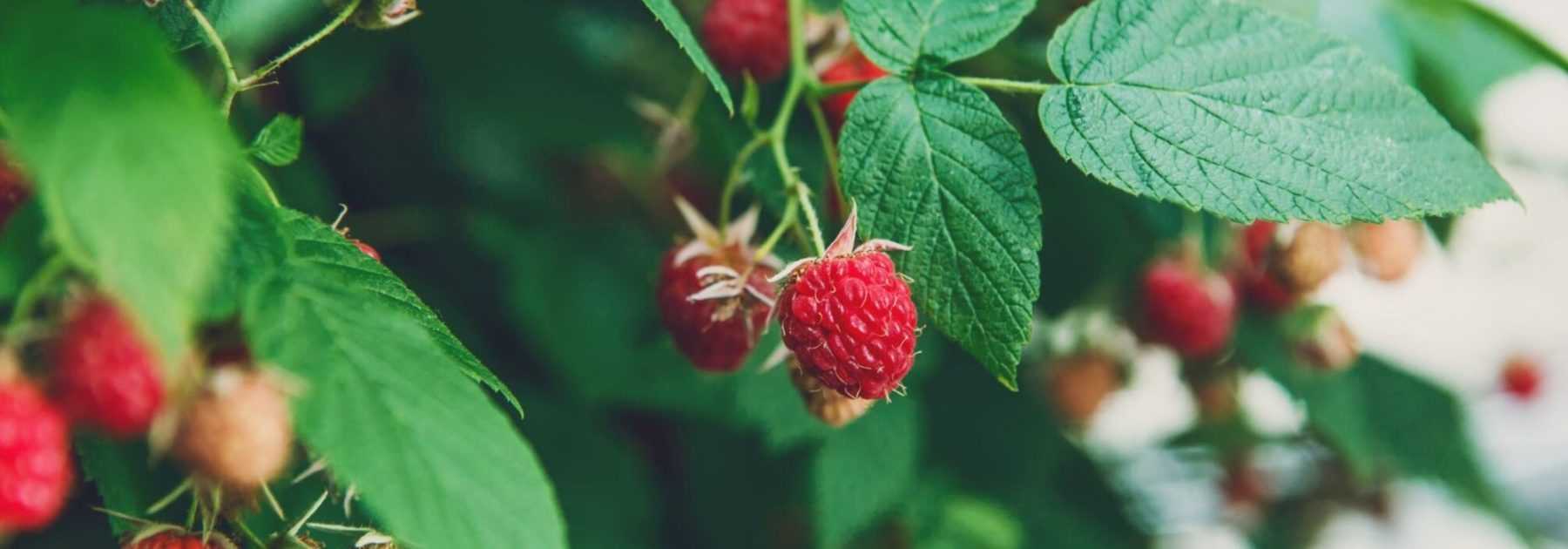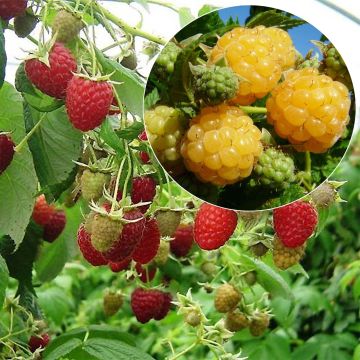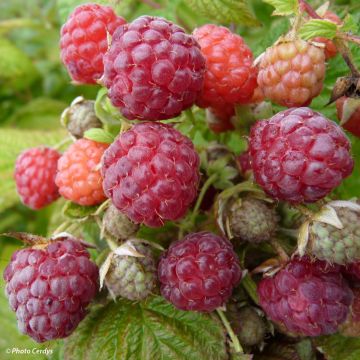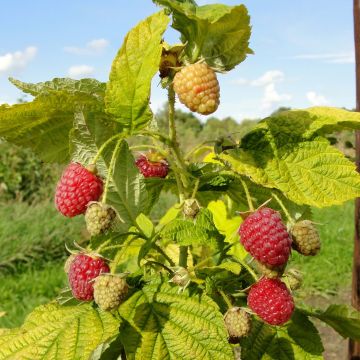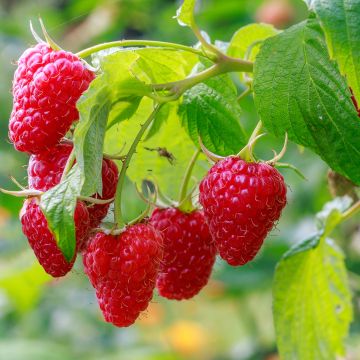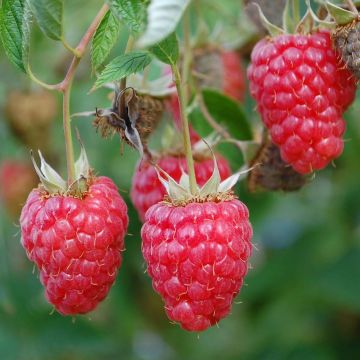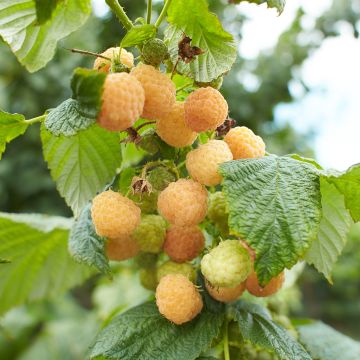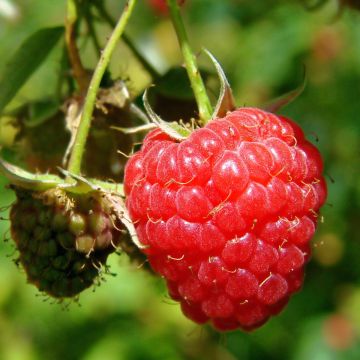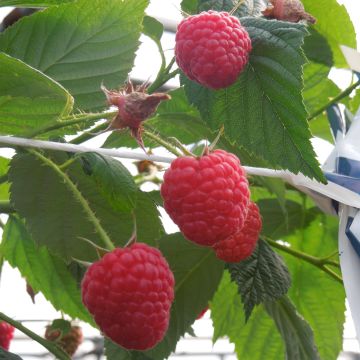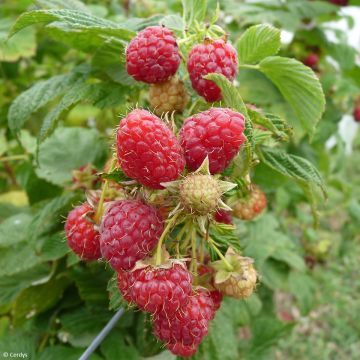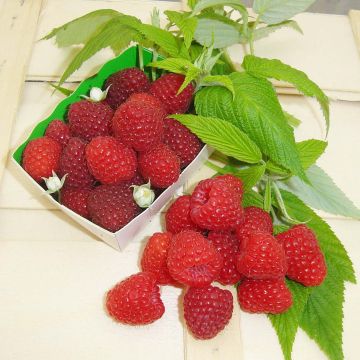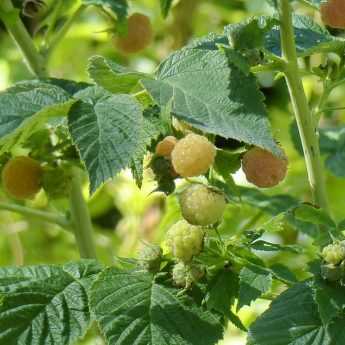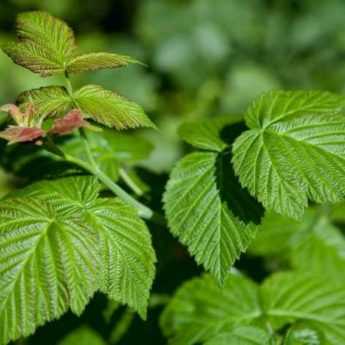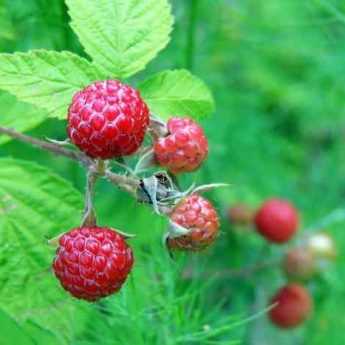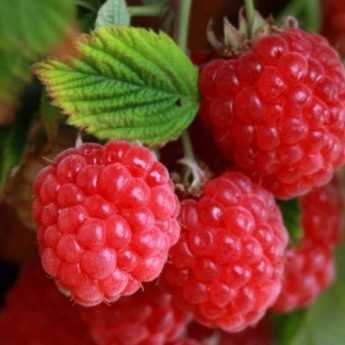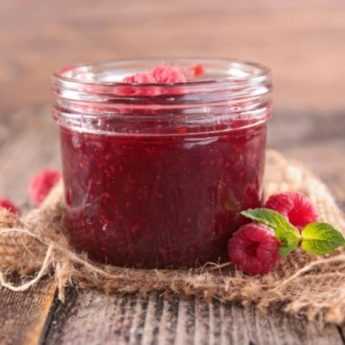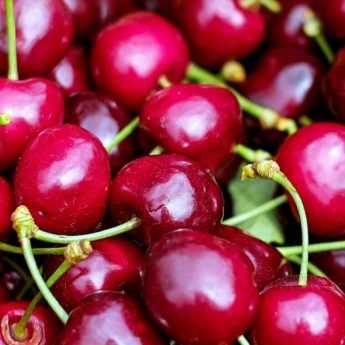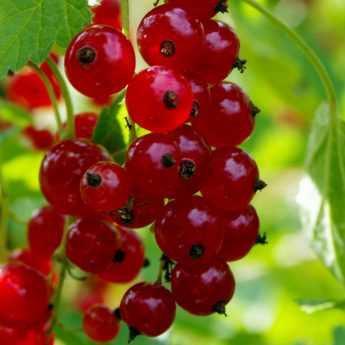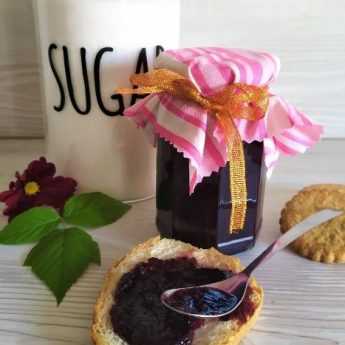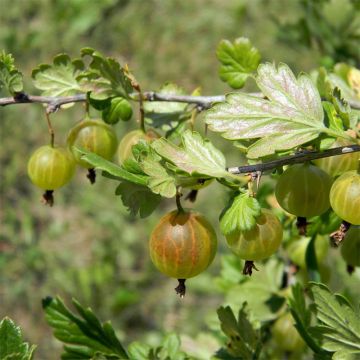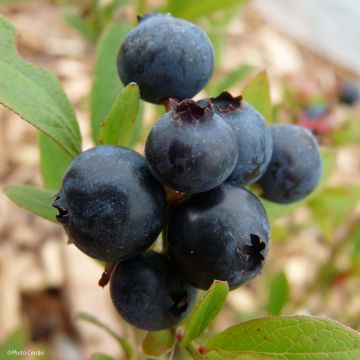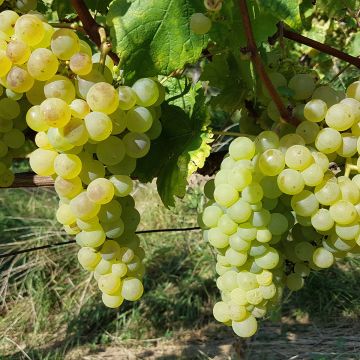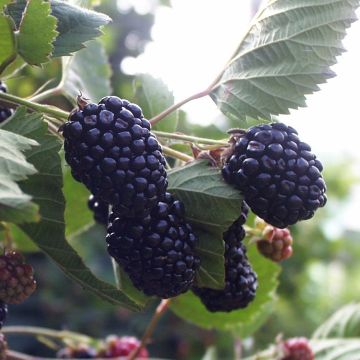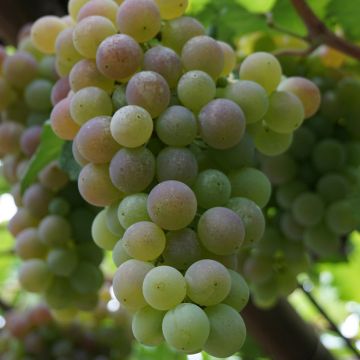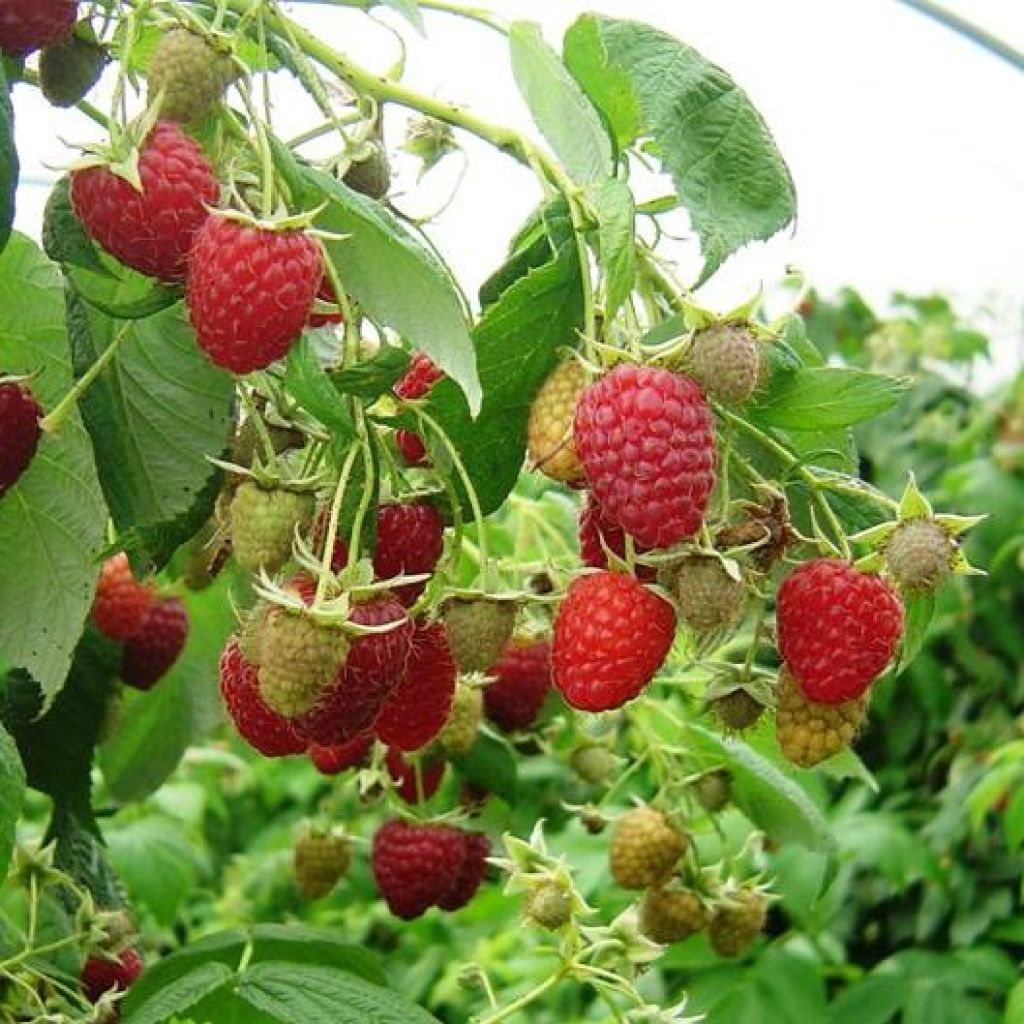

Rubus idaeus Marastar - Raspberry
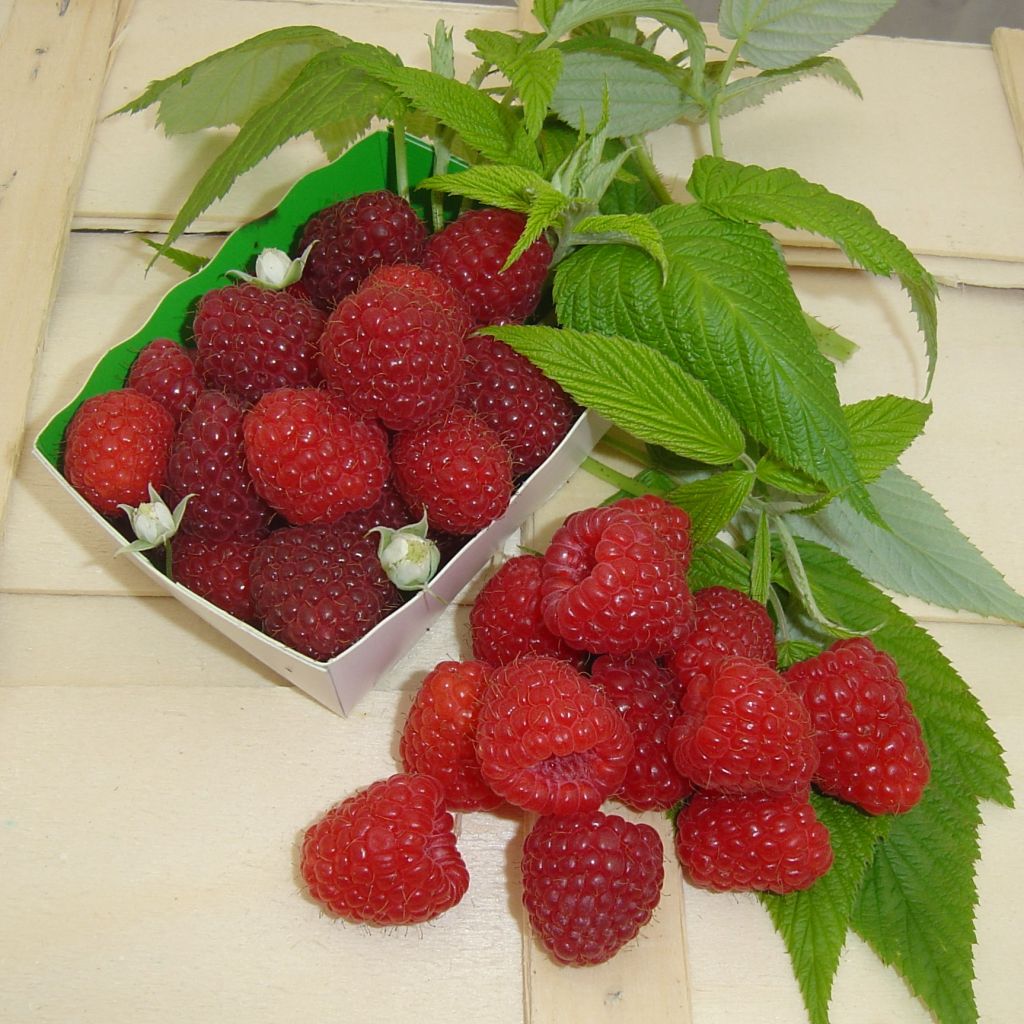

Rubus idaeus Marastar - Raspberry
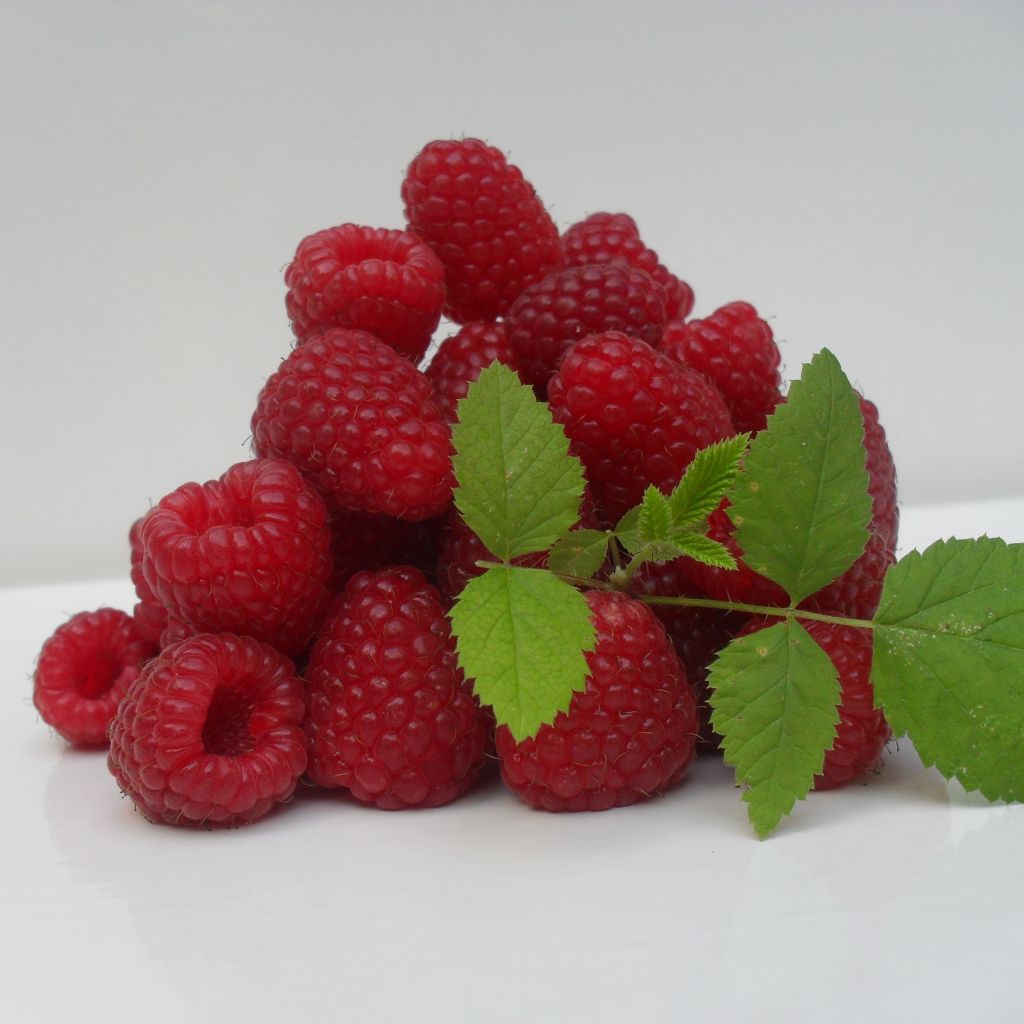

Rubus idaeus Marastar - Raspberry
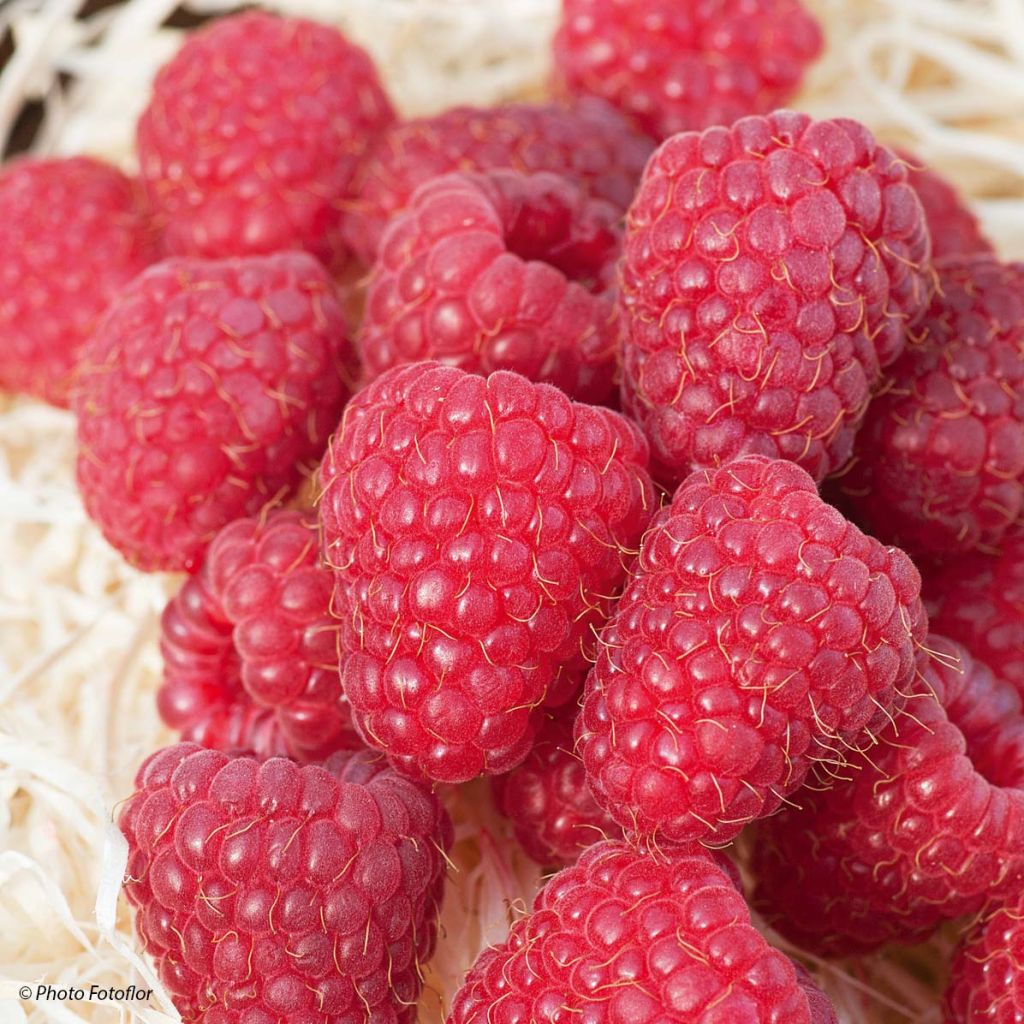

Rubus idaeus Marastar - Raspberry
Rubus idaeus Marastar - Raspberry
Rubus idaeus Marastar® COV MA 29 20
Raspberry
Why not try an alternative variety in stock?
View all →This plant carries a 6 months recovery warranty
More information
We guarantee the quality of our plants for a full growing cycle, and will replace at our expense any plant that fails to recover under normal climatic and planting conditions.
From €7.90 for pickup delivery and €6.90 for home delivery
Express home delivery from €8.90.
From €7.90 for pickup delivery and €6.90 for home delivery
Express home delivery from €8.90.

Description
The Marastar Raspberry is a perpetual variety, producing large, very tasty, dark red fruits with a conical shape. It is a vigorous variety with good disease tolerance which bears fruit on this year's shoots: continuous harvest from July to October, up to 3 kg per plant in a season.
The Raspberry Marastar produces large red, very tasty fruits with a conical shape. To fully enjoy their flavour, raspberries should be consumed quickly after picking, as they do not keep well. If you have an abundant harvest, consider making coulis, sorbets, pies or jams. You can also freeze them. Production reaches its full level in the third year after planting. A plant can produce fruit for about 10 years.
The Marastar variety is an improvement on the Zeva variety. Very productive, it is vigorous and disease tolerant. It is a perpetual variety which produces fruit in June and then from August to October. Non-perpetual varieties have an abundant harvest around June - July.
The Raspberry is a deciduous shrub with upright stems, forming a bush about 1.50m (4.9ft) in all directions over time. The stems or canes are biennial, each dying after fruiting. Every year, suckers emerge from the roots, new canes armed with small, slightly prickly thorns. The Raspberry has green leaves on the top surface, white-green and downy on the underside. The flowering is very nectar-rich. The white flowers are small (1 to2 cm (0.8in) in diameter), grouped in clusters of 10 to 12, and appear in April-May. The fruits are formed of small berries, easy to detach when ripe.
The Raspberry belongs to the Rosaceae family, like strawberries, blackberries, and wild roses. The wild raspberry is native to Europe and temperate Asia, where it grows in cool climates alongside elderberry, beech, or rowan, mostly in mountain undergrowth, but also in plains.
Plant habit
Fruit
Flowering
Foliage
Botanical data
Rubus
idaeus
Marastar® COV MA 29 20
Rosaceae
Raspberry
Cultivar or hybrid
Other Raspberry plants
View all →Planting and care
This Raspberry prefers humus-rich soils that retain moisture, even in summer, without too much chalk. It appreciates partially shaded but bright exposures. In the north it will tolerate the sun well, while in the south, it prefers partial shade. Plant it from October to March in ordinary soil enriched with compost and well-rotted manure.
Plant the canes every 80cm (31.5in) in rows spaced 1.50m (4.9ft) apart. Plant the collar level with the ground. It is advisable to train them with wires stretched between posts or on a trellis.
Water regularly to promote root establishment in the first year of planting. During periods of high heat or prolonged drought, provide additional water. Weed the surface, especially at the beginning of planting, and apply mulch to retain moisture in the summer.
The Raspberry can be subject to various diseases if the cultural conditions are not optimal (Raspberry anthracnose, Raspberry rust, powdery mildew, grey rot in rainy periods, or Botrytis). The damage observed in cultivation is due to poor climatic conditions, especially during cold springs that allow micro-fungi present in the soil to infest the vegetation. To protect the plants, it is advisable to feed the raspberries with organic fertilisers that promote the multiplication of anaerobic bacteria in the soil, strengthening the soil's ability to stimulate the plants' immune system. Raspberries can also be attacked by certain parasites such as the raspberry worm, the larvae of a small beetle that lodges in the fruits without causing significant damage.
The Raspberry can easily multiply through suckers that grow near the base: remove them and replant them elsewhere in the garden if desired.
Planting period
Intended location
Care
Planting & care advice
-
, onOrder confirmed
Reply from on Promesse de fleurs
Berries
Haven't found what you were looking for?
Hardiness is the lowest winter temperature a plant can endure without suffering serious damage or even dying. However, hardiness is affected by location (a sheltered area, such as a patio), protection (winter cover) and soil type (hardiness is improved by well-drained soil).

Photo Sharing Terms & Conditions
In order to encourage gardeners to interact and share their experiences, Promesse de fleurs offers various media enabling content to be uploaded onto its Site - in particular via the ‘Photo sharing’ module.
The User agrees to refrain from:
- Posting any content that is illegal, prejudicial, insulting, racist, inciteful to hatred, revisionist, contrary to public decency, that infringes on privacy or on the privacy rights of third parties, in particular the publicity rights of persons and goods, intellectual property rights, or the right to privacy.
- Submitting content on behalf of a third party;
- Impersonate the identity of a third party and/or publish any personal information about a third party;
In general, the User undertakes to refrain from any unethical behaviour.
All Content (in particular text, comments, files, images, photos, videos, creative works, etc.), which may be subject to property or intellectual property rights, image or other private rights, shall remain the property of the User, subject to the limited rights granted by the terms of the licence granted by Promesse de fleurs as stated below. Users are at liberty to publish or not to publish such Content on the Site, notably via the ‘Photo Sharing’ facility, and accept that this Content shall be made public and freely accessible, notably on the Internet.
Users further acknowledge, undertake to have ,and guarantee that they hold all necessary rights and permissions to publish such material on the Site, in particular with regard to the legislation in force pertaining to any privacy, property, intellectual property, image, or contractual rights, or rights of any other nature. By publishing such Content on the Site, Users acknowledge accepting full liability as publishers of the Content within the meaning of the law, and grant Promesse de fleurs, free of charge, an inclusive, worldwide licence for the said Content for the entire duration of its publication, including all reproduction, representation, up/downloading, displaying, performing, transmission, and storage rights.
Users also grant permission for their name to be linked to the Content and accept that this link may not always be made available.
By engaging in posting material, Users consent to their Content becoming automatically accessible on the Internet, in particular on other sites and/or blogs and/or web pages of the Promesse de fleurs site, including in particular social pages and the Promesse de fleurs catalogue.
Users may secure the removal of entrusted content free of charge by issuing a simple request via our contact form.


































